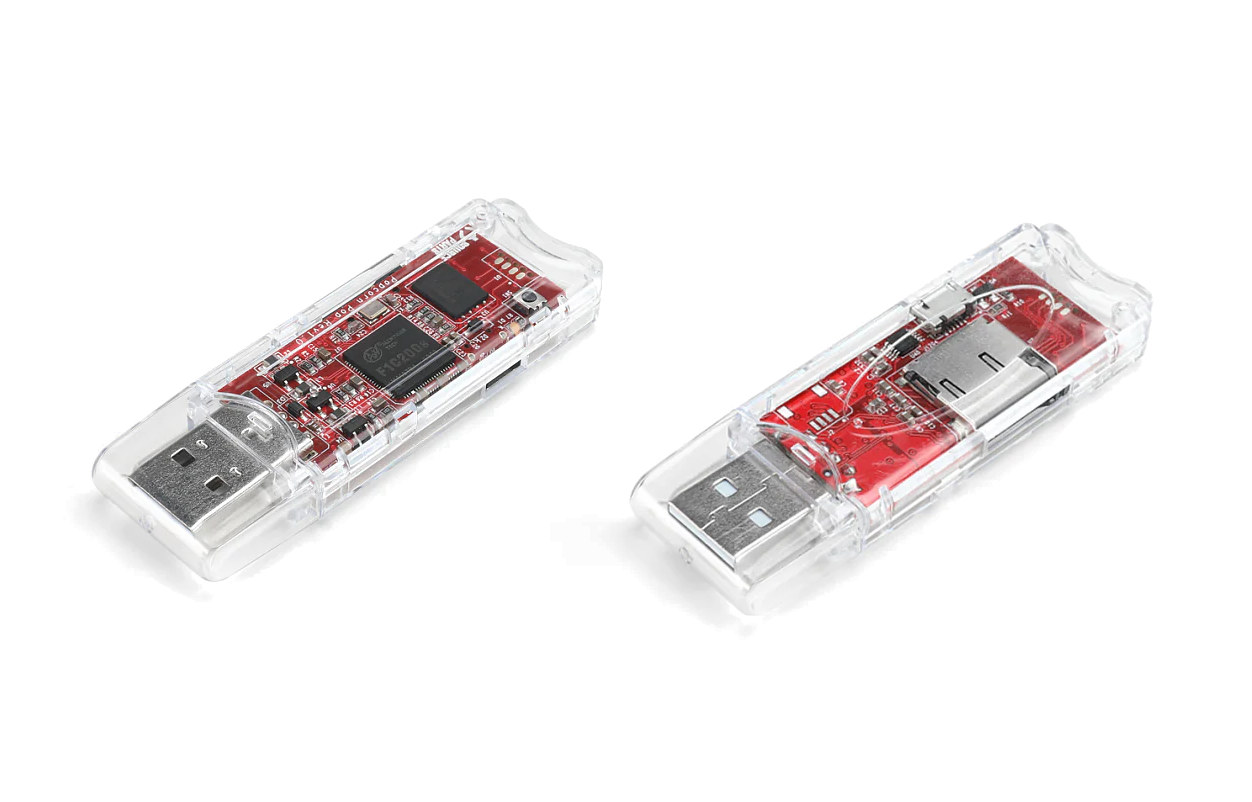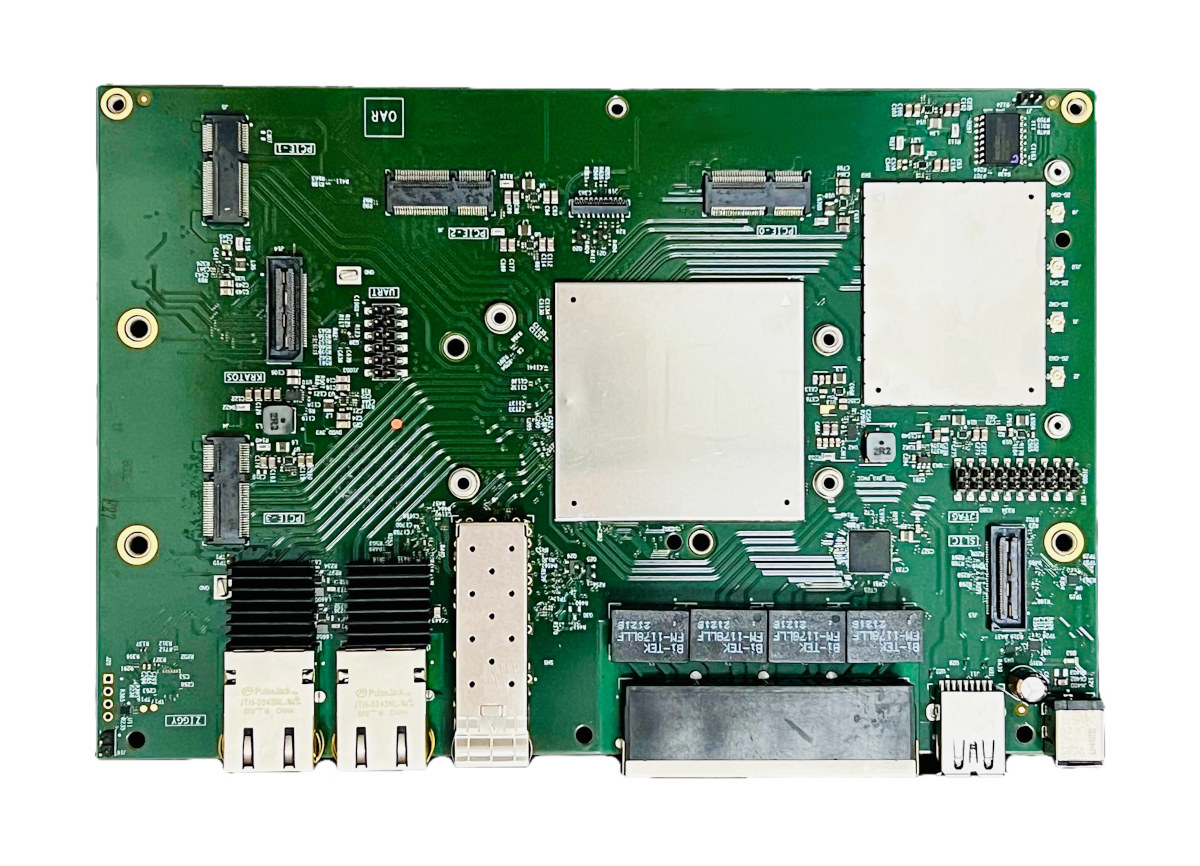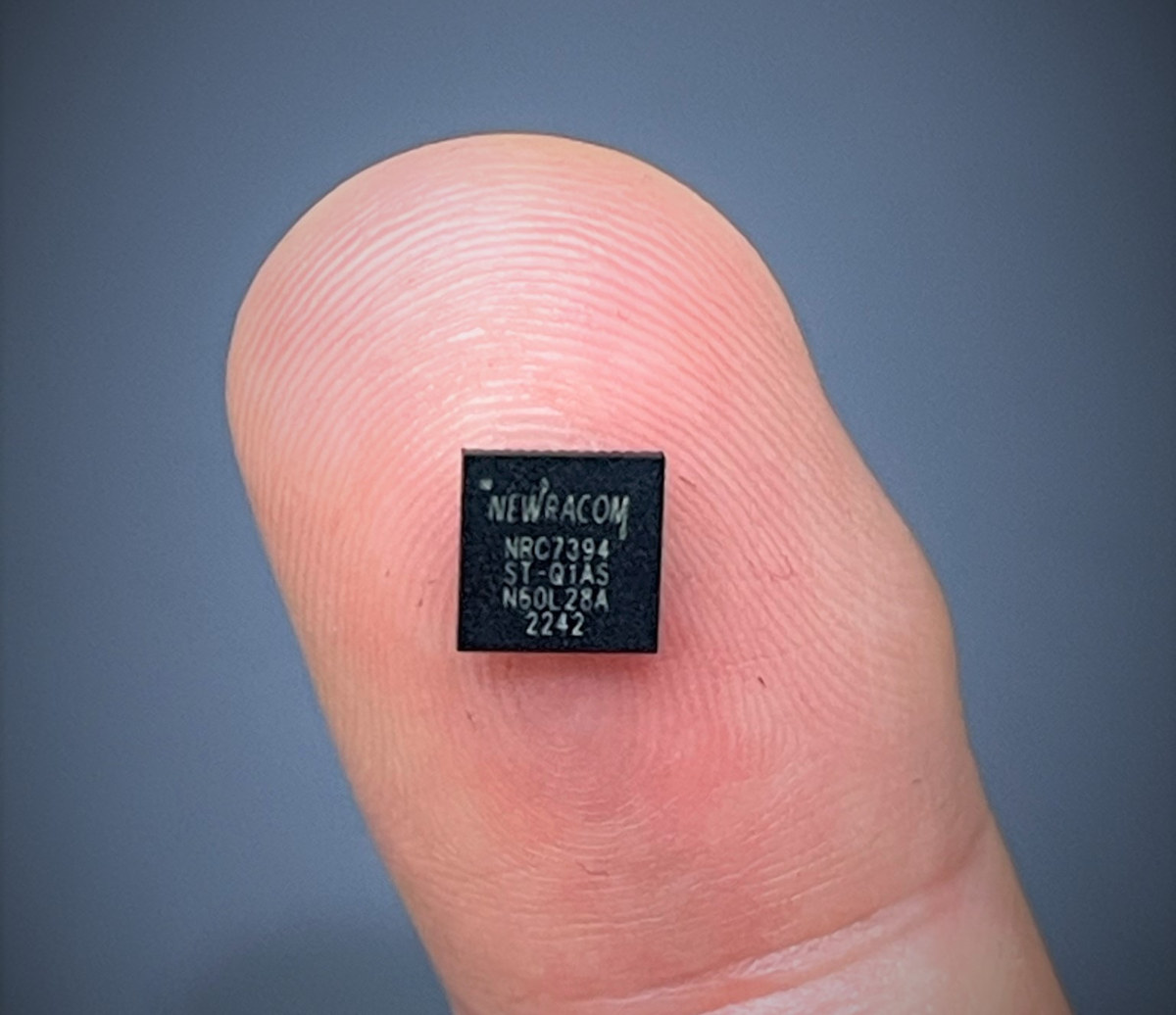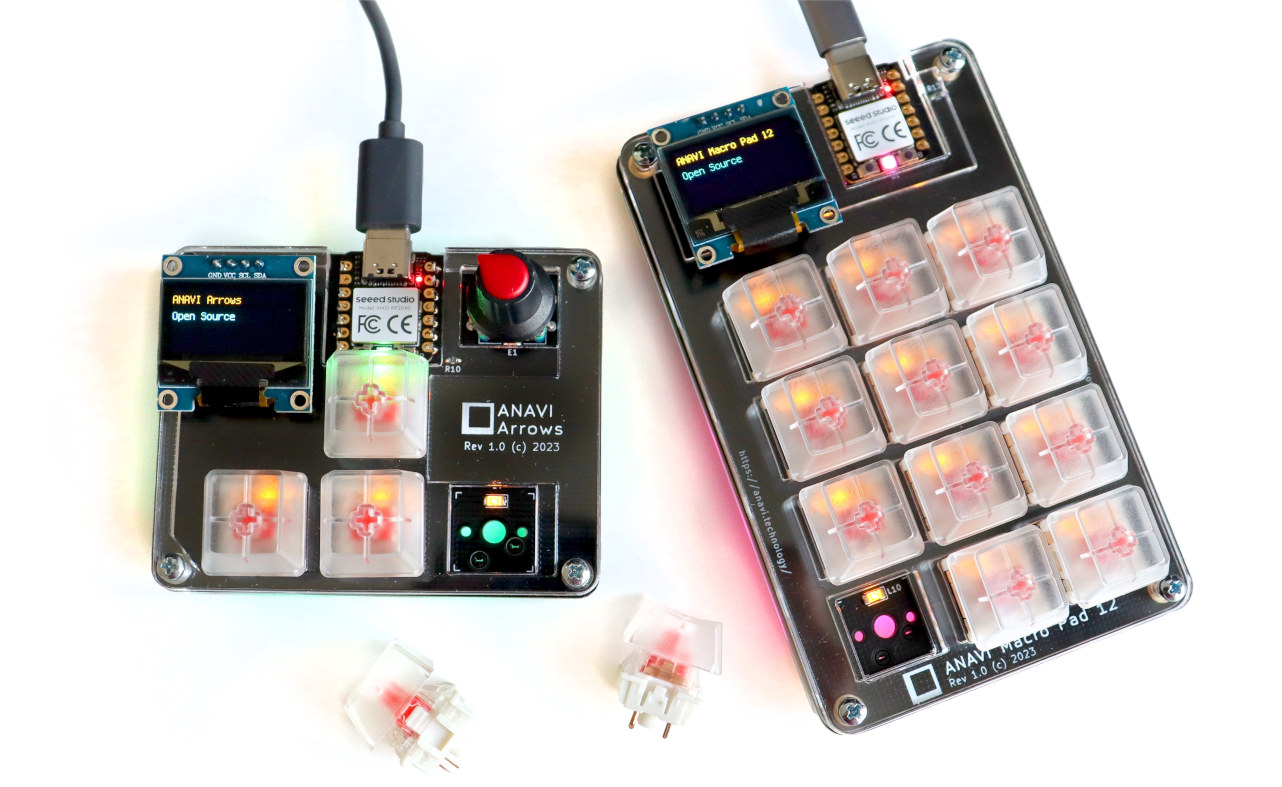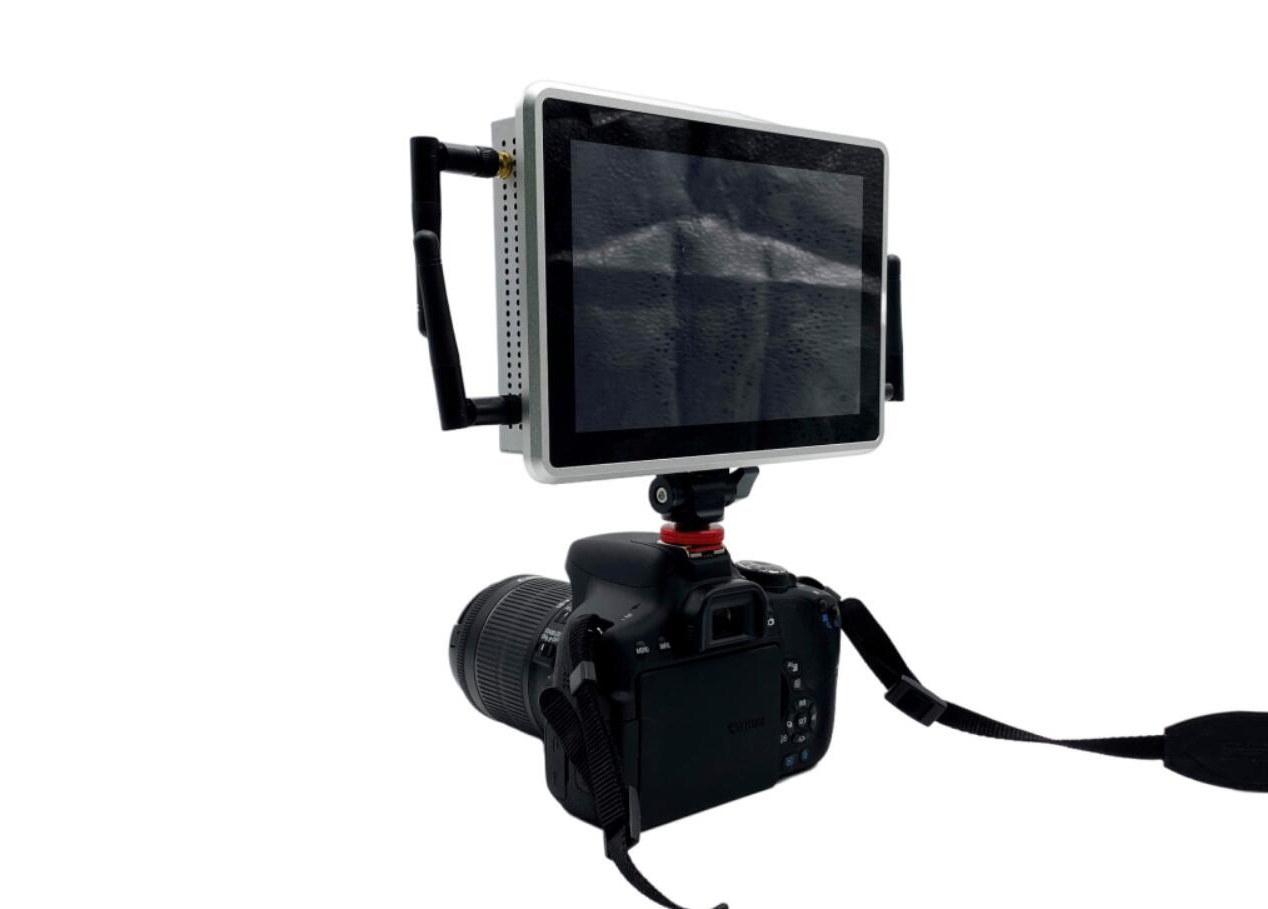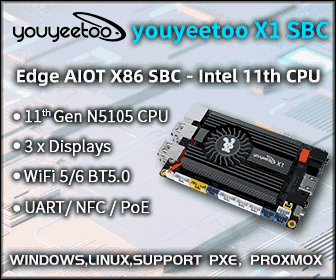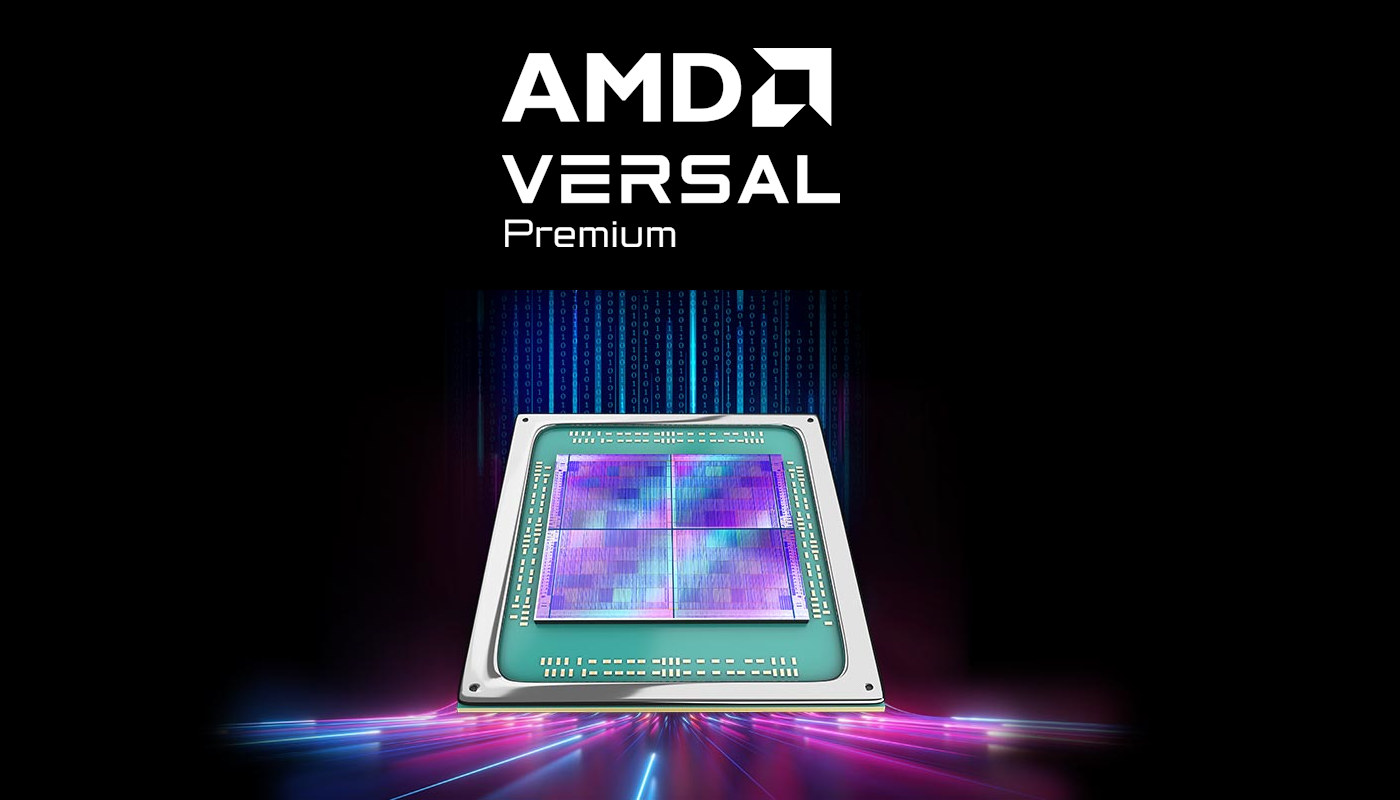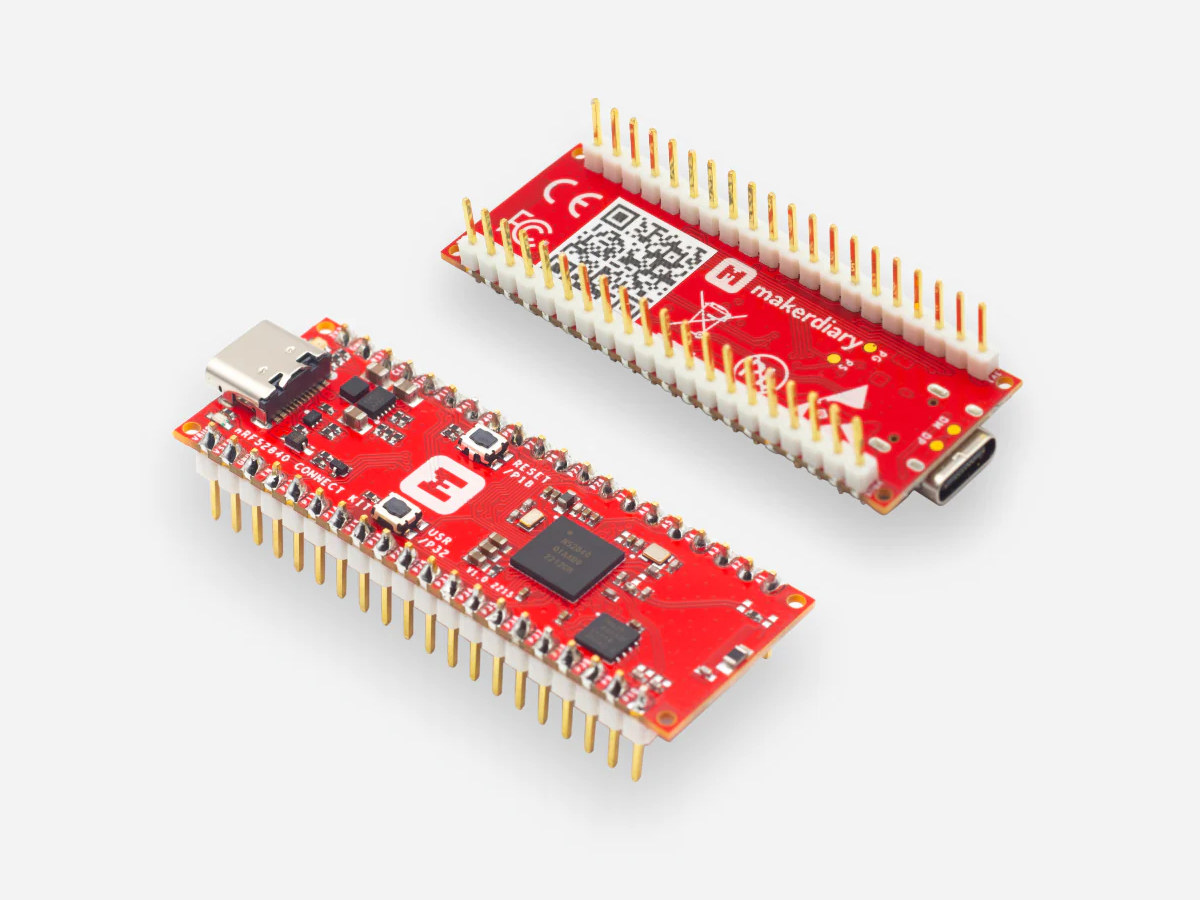Popcorn Computer’s Popstick may look like a USB flash drive, but it’s actually a USB computer running Linux on an Allwinner F1C200s ARM9 processor with 64MB RAM on-chip. The PopStick support USB gadget mode so it can appear as all sort of USB devices such as a scriptable USB Keyboard and Mouse, a mass storage device, or even an Ethernet-connected computer using USB Ethernet which you can access with SSH. PopStick specifications: SoC – Allwinner F1C200s ARM926EJ-S (ARMv5TE) processor @ 533 MHz with 64 MB Embedded DDR1 Storage 128 MB SPI NAND Flash for OS Micro SD Card Slot Both storage devices are bootable USB 1x USB Type-A connector with support for USB Gadget mode, so the board can be seen as a USB Ethernet, Serial, Mass Storage, HID (keyboard/mouse), etc… 1x micro USB connector for serial Console Power Supply – 5V via USB Type-A port Dimensions – N/A If […]
Qualcomm IPQ9574 “AL02” router board support WiFi 7 modules, 10GbE networking
The recent Linux 6.4 release included initial support for the AL02 WiFi 7 router board powered by a Qualcomm IPQ9574 quad-core Cortex-A73 processor part of the Qualcomm Networking Pro 1620 platform with the board featuring 2GB DDR4 RAM and 256MB NAND flash. A couple of weeks ago, I was contacted by Wallystech about their DR9574 WiFi 7 board based on the IPQ9574 processor, but I ended up not writing about it due to the lack of information and low-quality photos. But it turns out it’s actually the Qualcomm AL02 reference board that’s also provided by Compex. Both companies are world-leading in the sense they offer low-quality and blurry pictures in a way that’s unmatched in the industry, but we do have some specifications, so let’s have a closer look. AL02 / DR9574 board specifications: SoC – Qualcomm IPQ9574 quad-core Arm Cortex-A73 processor @ 2.2GHz processor System Memory – 2GB DDR4 […]
NEWRACOM NRC7394 WiFi HaLow SoC delivers higher power efficiency and cost-effectiveness
NEWRACOM has just introduced the NRC7394 Wi-Fi HaLow Arm Cortex-M3 SoC with higher power efficiency and lower cost than the previous generation NRC7292 Cortex-M3/M0 HaLow SoC and available in a 6x6mm package. I first wrote about the 802.11ah standard in 2014. Also known as the WiFi HaLow (consumers name), it operates in the 900 MHz band, offers a longer range and lower power consumption for items like IP cameras, and the first products came to market in 2021. I was expecting a flood of new WiFi HaLow devices in 2022 in my year 2021 round-up and it was not exactly a prescient prediction as it never happened. But maybe the new NRC7394 SoC will help make WiFi HaLow devices more popular by lowering the costs and further improving battery life. NEWRACOM NRC7394 key features: CPU – Arm Cortex-M3 core @ 32 MHz for IEEE 802.11ah WLAN and application Connectivity Full […]
ANAVI launches CircuitPython-programmable Macro Pad 12 & Arrows mechanical keyboards (Crowdfunding)
ANAVI Technology has launched two more open-source hardware mechanical keyboards based on the Raspberry Pi RP2040 microcontroller, equipped with an OLED display, and programmable with CircuitPython: the ANAVI Macro Pad 12 with 12 keys and the ANAVI Arrows with four keys and a rotatory encoder. The new mechanical keyboards follow ANAVI Macro Pad 10 & Knobs input devices equipped with the same Seeed Studio XIAO RP2040 MCU module running the KMK firmware written with CircuitPython, but with different form factors and features. ANAVI Macro Pad 12 specifications: MCU module – Seeed Studio XIAO RP2040 with Raspberry Pi RP2040 dual-core Cortex-M0+ microcontroller @ up to 133 Mhz with 264KB SRAM, 2MB SPI flash, USB Type-C port Keys – 12x Gateron red, linear, non-clicky mechanical switches and transparent keycaps with yellow LED backlighting Display – OLED display connected to I2C slot (can be replaced with another I2C module) Host interface – USB […]
GEEKNUC sells Intel NUC 12 Enthusiast Serpent Canyon mini PC for under $1,000 (Sponsored)
GEEKNUC, a reseller of genuine Intel NUC mini PCs, is now offering the Intel NUC 12 Enthusiast Serpent Canyon for unbeatable prices with the barebone model going for $999 (no coupon code needed), and the models with 32GB RAM and a 1TB SSD and 64GB RAM and a 2TB SSD are selling for $1,099 and $1,249 respectively when using the coupon code NUC12SNK50. That’s about $500 cheaper than on Amazon and Walmart, or nearly 30% lower, but the product is genuine with GEEKNUC being an Intel Partner Alliance Titanium Member and official reseller of Intel NUC products. The company also specializes in the marketing of computer tech devices, mainly covering Mini PCs, Barebone PCs, and laptops, and offers professional technical support and after-sales service. Intel NUC 12 Enthusiast Serpent Canyon specifications: SoC – Intel Core i7-12700H 14-core/20-thread (6P+8E) Alder Lake-H processor clocked at up to 3.5 GHz (E-cores) / 4.7 […]
Mekotronics A58 – A 7-inch display with Rockchip RK3588 SoC and a DSLR camera mount for live streaming
Mekotronics A58 7-inch smart display is powered by a Rockchip RK3588 SoC with up to 16GB RAM and 128GB eMMC flash, and ships with a DSLR camera mount to enable video broadcasting and live streaming on social platforms. In the past, we’ve covered several Rockchip RK3588-powered Arm mini PCs by Mekotronics such as the R58, R58X, and more recently the R58X-Pro and R58X-HDD models, but the company has now leveraged its experience with the platform by launching a 7-inch smart display that can be used for live-streaming, but as we’ll see from the specifications below can also find many other uses. Mekotronics A58 specifications: SoC – Rockchip RK3588 octa-core processor with four Cortex-A76 cores @ 2.4 GHz, four Cortex-A55 cores @ 1.8 GHz, an Arm Mali-G610 MP4 GPU, a 6TOPS NPU, 8K 10-bit decoder, 8K encoder System Memory – 4GB, 8GB, or 16GB LPDDR4X Storage 32GB, 64GB, or 128GB eMMC […]
AMD Versal Premium VP1902 SoC FPGA provides 18.5M logic cells for SoC emulation and prototyping
AMD Versal Premium VP1902 adaptive system-on-chip (SoC) is said to be the world’s largest adaptive SoC with the FPGA providing 18.5 million logic cells in order to streamline the verification of complex ASIC and SoC designs. The new AMD Embedded SoC FPGA offers twice the capacity of the previous generation Virtex UltraScale+ VU19P SoC FPGA and is significantly larger than the Intel Stratix 10 GX 10M FPGA with 10 million logic cells. AMD Versal Premium VP1902 highlights: 18.5 million (18,504K) system logic cells, 8,460K LUTs 6,864 DSP engines Dual-core Arm scalar processors 2x Arm Cortex-A72 application processor 2x Arm Cortex-R5F real-time processor Memory 14x hardened DDR memory controllers 239 Mbit Block RAM 619 Mbit UltraRAM Up to 160 high-speed serial transceivers, including up to 32x 112Gbps PAM-4 GTMs and up to 128x 32.75Gbps GTYPs 2,328 SelectIO resources capable of operating at up to 3.2 Gbps Integrated hard IP – 16x […]
$19.90 nRF52840 Connect Kit board supports Bluetooth LE, NFC, Zigbee, and Thread connectivity
Makerdiary nRF52840 Connect Kit is a development board based on Nordic Semi nRF52840 multiprotocol wireless microcontroller with support for Bluetooth Low Energy, Bluetooth Mesh, NFC, Thread, Zigbee, 802.15.4, ANT, and 2.4 GHz proprietary connectivity. The nRF52840 Connect Kit comes in a compact form factor with a USB-C port for power and programming, a 64 Mbit QSPI flash, flexible power management, and a rich set of features. Makerdiary offers two versions, one with a chip antenna, and another with an external u.FL antenna. nRF52840 Connect Kit specifications: SoC – Nordic nRF52840 Arm Cortex-M4F WiSoC @ 64 MHz with 1 MB FLASH and 256 kB RAM, Arm TrustZone Cryptocell 310 security subsystem External Storage – 64-Mbit QSPI flash Wireless Connectivity (on-chip) Bluetooth 5, Bluetooth Mesh IEEE 802.15.4 radio for Zigbee and Thread ANT, 2.4GHz proprietary On-chip NFC-A tag Antenna – On-board 2.4GHz chip antenna or u.FL connector for external antenna USB – […]


